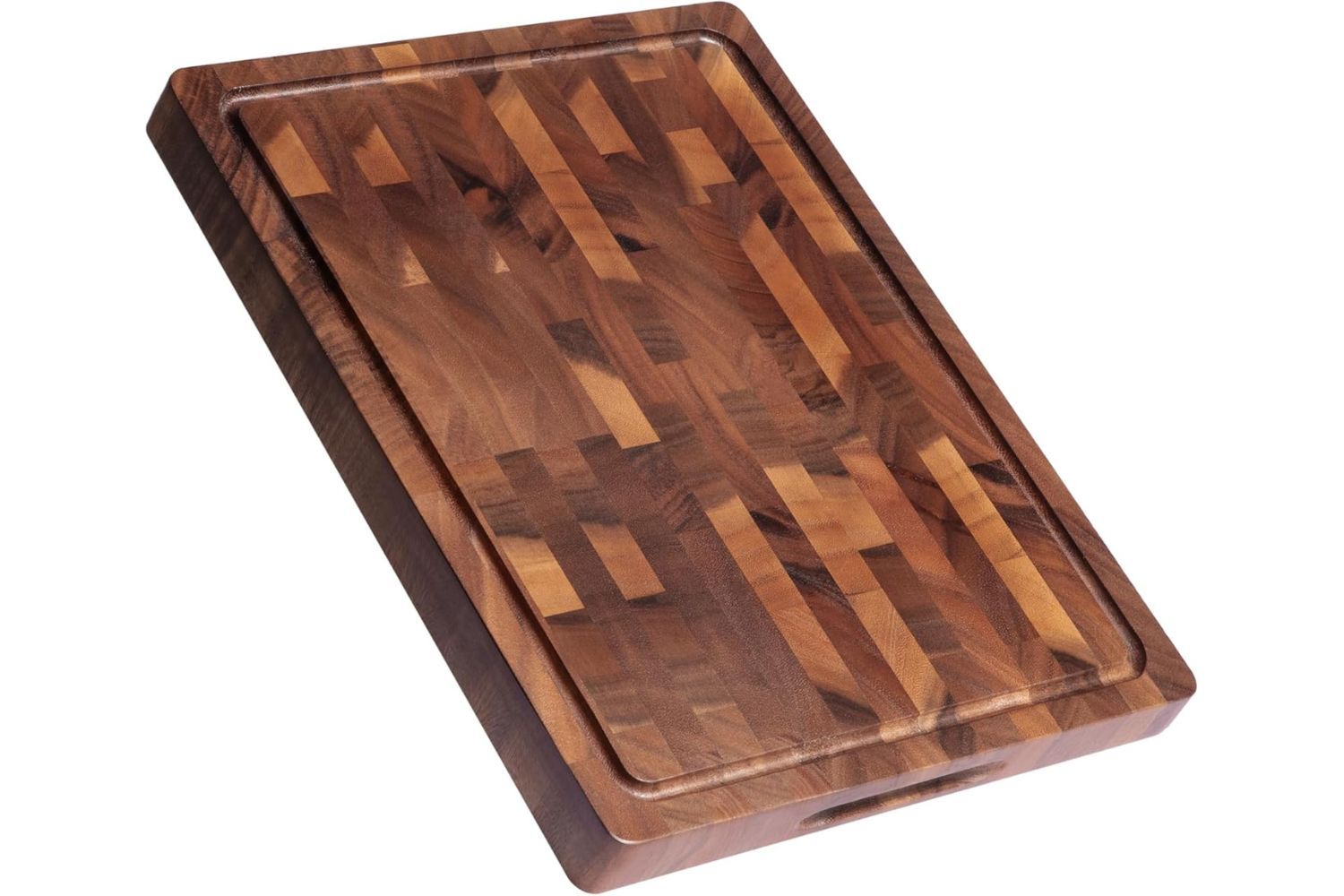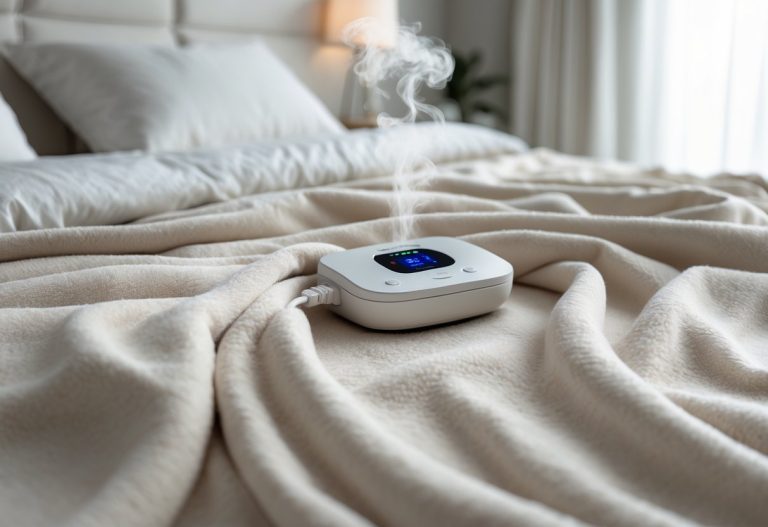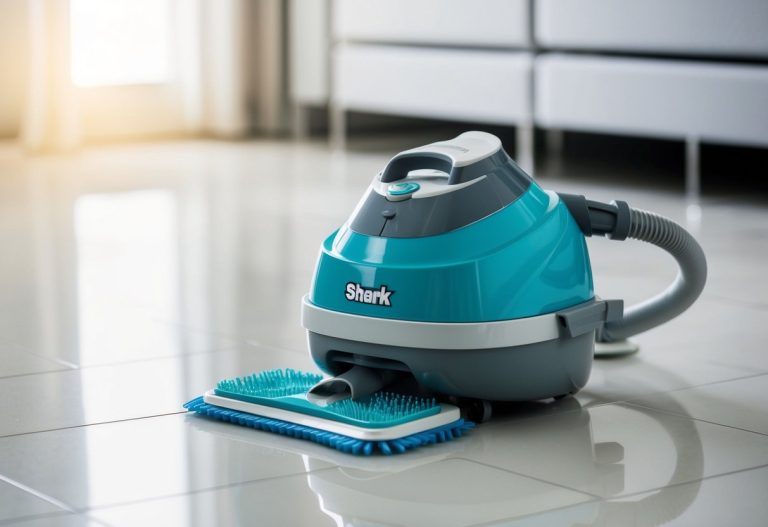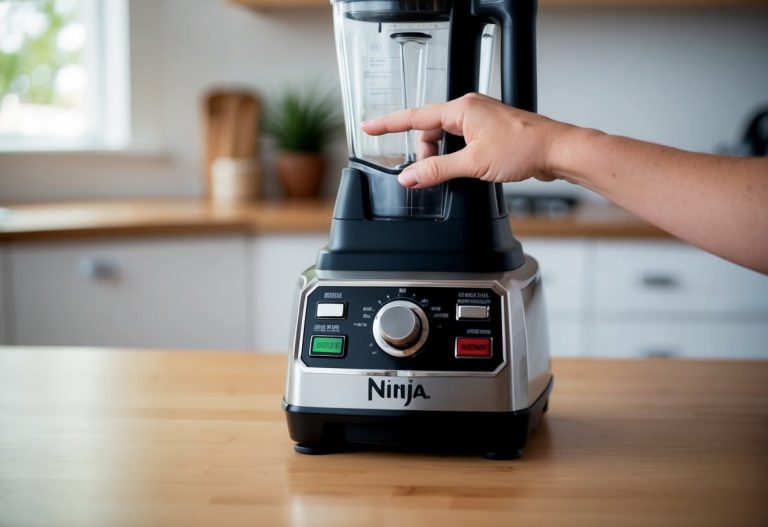Choosing the right cutting board might seem simple, but it can have a big impact on your health and kitchen safety. If you care about avoiding harmful chemicals and keeping your food clean, picking a non-toxic cutting board is key.
You might wonder which materials are truly safe, or how to spot hidden toxins. This guide will help you make smart choices that protect you and your family every time you cook. Keep reading to find out exactly what to look for and why it matters.
Types Of Cutting Boards
Wooden cutting boardsare gentle on knives and last long. They absorb juices, so cleaning well is important. Look for boards made from hardwoodslike maple or walnut for durability.
Plastic cutting boardsare light and easy to clean. Many are dishwasher safe, which helps kill germs. They can get scratched, so replace them often to avoid bacteria buildup.
Bamboo cutting boardsare eco-friendly and harder than wood. They resist water but can dull knives faster. Bamboo is a good choice if you want a natural and sustainableoption.
Glass and composite boardslook modern and are easy to clean. But they can dull knives quickly and may slip during use. Best for chopping fruits or cheese, not heavy chopping.
Health Risks Of Toxic Materials
Toxic materialsin cutting boards may contain harmful chemicalslike BPA, phthalates, and lead. These chemicals can leach into food, especially when the board is cut or heated. This affects food safetyby contaminating fruits, vegetables, and meats. Eating food with these chemicals over time can cause health problems.
Long-term exposure may lead to issues like hormone disruption, allergies, and even cancer. Children and pregnant women are at higher risk. Choosing cutting boards without these chemicals helps keep food clean and safe. Look for boards made from natural woodor safe plasticsthat do not contain toxins.
Key Features To Look For
Material safetyis key for a non-toxic cutting board. Choose boards made from natural woodor food-grade plastic. Avoid boards with harmful chemicalsor coatings. Bamboo is a great option because it is naturally anti-bacterialand eco-friendly.
Durability and maintenancematter. Wood boards last long but need regular oilingto stay safe and strong. Plastic boards are easier to clean and can go in the dishwasher. Pick a board that fits your cleaning habitsand kitchen use.
| Surface Type | Pros | Cons |
|---|---|---|
| Non-porous | Easy to clean, less bacteria | Can dull knives faster |
| Porous | Gentle on knives, natural look | Can absorb liquids, needs care |

Credit: www.amazon.com
Certification And Labels
FDA Approved Materialsmeans the cutting board is safe for food use. These materials do not release harmful chemicals. Such approval shows the board meets strict safety rules.
BPA-Free and Phthalate-Free Labelstell you the board has no dangerous plastics. BPA and phthalates can harm health. Choosing boards with these labels helps keep your food clean and safe.
| Certification | What it Means |
|---|---|
| FDA Approved | Safe materials for food contact |
| BPA-Free | Free of harmful plastic chemicals |
| Phthalate-Free | No plastic softeners that may be toxic |
| Eco-friendly Certifications | Made with care for the environment |
Eco-friendly Certificationsmean the board is kind to the planet. These labels show the product uses less waste and pollution. Good for nature, good for your kitchen.
Cleaning And Care Tips
Clean cutting boardsafter every use with hot, soapy water. Scrub gently to remove food bits. Rinse well and dry with a clean towel. Avoid soaking wooden boards in water to prevent warping or cracking. Use a mild bleach solution occasionally for deep cleaning.
Cross-contaminationcan cause illness. Use separate boards for raw meat, vegetables, and cooked foods. Color-coded boards help keep foods safe. Always wash hands before and after handling different foods.
To extend your board’s life, oil wooden boards regularly with food-safe mineral oil. This keeps wood from drying out and cracking. Store boards upright in a dry area to avoid moisture damage. Replace boards when deep cuts or cracks appear to keep them safe and clean.
Best Non Toxic Cutting Boards In The Market
Wooden cutting boardsare a classic choice. They are durable and gentle on knives. Look for boards made from mapleor walnut. These woods are naturally resistant to bacteria. Avoid boards treated with harmful chemicals. Regular oiling helps keep wood boards safe and long-lasting.
Plastic alternativeslike high-density polyethylene are popular. They are easy to clean and dishwasher safe. Choose boards labeled BPA-free. These do not contain harmful chemicals that can leak into food. Plastic boards may wear faster but are often more affordable.
Bamboo cutting boardsare eco-friendly and lightweight. Bamboo grows fast, making it a sustainable option. These boards resist water and bacteria well. They need less oiling than wooden boards. Bamboo is also harder, so it lasts a long time.
Budget Considerations
Safe cutting boards do not have to be expensive. Some affordable optionsuse natural wood or bamboo. These materials are non-toxicand last long with care. Plastic boards can be cheap but check if they are BPA-freefor safety.
Spending a bit more on a quality board pays off. Good boards resist deep cuts, which stop germs from hiding. They also feel nicer to use and clean easily.
Balance cost and safety by choosing boards with clear labels. Look for food-safe certificationsand avoid cheap materials that wear out fast. This way, the board stays safe and lasts longer.

Credit: www.amazon.com
:max_bytes(150000):strip_icc()/faw-ditch-this-common-kitchen-item-to-cut-down-on-microplastics-for-good-tout-fdaf0ef5597f417c8f1c9366cfb3b243.jpg)
Credit: www.foodandwine.com
Frequently Asked Questions
What Materials Are Safest For Non Toxic Cutting Boards?
Wood, bamboo, and food-grade silicone are safest. Avoid plastic with harmful chemicals. Natural materials resist bacteria and chemicals, ensuring food safety.
How To Identify A Non Toxic Cutting Board?
Look for boards labeled BPA-free, chemical-free, or food-safe. Check certifications like FDA approval. Choose brands with transparent ingredient and material information.
Why Avoid Plastic Cutting Boards For Health?
Plastic boards can harbor bacteria in knife grooves. Some plastics release harmful chemicals like BPA. Non toxic boards reduce chemical exposure and improve hygiene.
How To Maintain A Non Toxic Cutting Board?
Clean with mild soap and warm water. Avoid soaking or dishwasher use. Regularly oil wooden boards to prevent cracking and bacteria growth.
Conclusion
Choosing a non-toxic cutting board protects your health and food safety. Wood and bamboo boards often offer natural, safe options. Avoid boards with harmful chemicals or plastics that can leach toxins. Keep your board clean to stop bacteria growth. Regular care helps the board last longer and stay safe.
A good cutting board makes cooking easier and healthier. Take time to pick one that fits your needs. Safe kitchen tools bring peace of mind every day.





